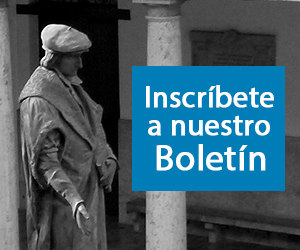
Autora: Giovanna Di Benedetto (Italia). Ph. D. Student in Legal and social sciences, Università di Camerino. Correo electrónico: giovanna.dibenedetto@unicam.it
Resumen: Il patto di non pubblicazione del testamento olografo è da sempre al centro, nell’ordinamento giuridico italiano, di un acceso dibattito dottrinale e giurisprudenziale.
Un siffatto patto deve ritenersi ammissibile, in un delicato equilibrio tra obblighi del Notaio (pubblico ufficiale istituzionalmente deputato alla pubblicazione del testamento) ed esercizio dell’autonomia negoziale degli interessati alla successione, ove garantisca comunque la piena attuazione della volontà del de cuius. Viceversa, in tutti i casi in cui la scelta di non pubblicare violi la sacralità della volontà testamentaria, un siffatto patto deve ritenersi non ammissibile.
Palabras clave: Testamento olografo; pubblicazione della scheda testamentaria; ministero notarile; autonomia negoziale; contratto atipico.
Abstract: The non-publication agreement of handwritten wills has always been at the center of a heated doctrinal and jurisprudential debate in the Italian legal system.
An agreement of this type must be considered admissible, in a delicate balance between the obligations of the Notary (public official institutionally in charge of the publication of the will) and the exercise of the negotiating autonomy of those interested in the succession, where it guarantees in any case the full implementation of the will of the deceased.
Conversely, in all cases in which the choice not to publish violates the sacredness of the will, this agreement must be considered inadmissible.
Key words: Holographic will; publication of the testamentary card; notary office; negotiating autonomy; atypical contract.
Sumario:
I. INTRODUZIONE.
II. IL TESTAMENTO OLOGRAFO.
III. IL RUOLO DEL NOTAIO NELLA PUBBLICAZIONE DEL TESTAMENTO OLOGRAFO.
IV. LE FINALITA’ SOTTESE ALLA PUBBLICAZIONE DEL TESTAMENTO OLOGRAFO.
V. IL PATTO DI NON PUBBLICAZIONE DEL TESTAMENTO OLOGRAFO.
VI. CONCLUSIONI.
Revista indexada en SCOPUS (Q3), REDIB, ANVUR (Clase “A”), LATINDEX, CIRC (B), MIAR, RRDe (Q1), IDR (C2)
Referencia: Actualidad Jurídica Iberoamericana Nº 17 bis, diciembre 2022, ISSN: 2386-4567, pp. 2534-2557





